Evan Barosay
Ally Reiss
Miriam Wagner
Joshua Miller
Veronica Lin
Alyssa Chang
Sally Lai
Danica Topham
Jiaquin Zhong
10 Weeks
October 2017 ~ December 2017
Sustainability Design
Interview & Survey
Quantitative/Qualititative Research
Stakeholder Analysis
Project Management
UI Design
About
Global Ties is an innovative, humanitarian engineering program
of the Jacobs School of Engineering at UC San Diego. Accepted teams
are given a non-profit organization to work with and address
their problem(s). I had the humbling opportunity to work alongside
10 other applicants and help Es Por Los Niños, a HIV/AIDS
clinic in Tijuana, Mexico. The clinic helps mothers and children with
HIV/AIDS attain medicine, counseling, and multiple other
resources. However, the clinic realized many kids were not
taking their medication-a major health hazard. Our journey
with Es Por Los Niños led us to creating an app, specific
to this organization and their needs.
My Role
UX Researcher
In-depth user research was critical for this project. I took charge of UX research
to guarentee that our team understood our users, the children and mothers in
Tijuana. I conducted in-person interviews with pediatricians and
associated professionals in the field of AIDS/HIV, held Skype calls
with the founder to get her insight on major steps we were making,
and organized trips down
to Mexico to observe the clinic and the user-environment and conduct
user-testing.
User Research
Background
We entered this project knowing a fair amount about our stakeholder. Es Por Los Niños is a non-profit organization that supports children, woman and adolescents living with HIV/AIDS in Tijuna, Mexico. The founder, Rosalva Martha-Patten, started the foundation in memory of her son . The organization works to prevent HIV transmission and provide support to families. They have medical clinics and doctors associated to prescribe medication, however Rosalva began to notice a problem with the children in terms of medication intake. She had been looking for a method to incentivize the kids to take their medication.
Target Audience - Affected Mothers & Children
Our main users in this scenario are the affected chilren. However, mothers are also not only affected and use the resources at Es Por Los Niños, but they are also supervising the children on a day-to-day basis. We wanted to be sure to keep in mind both the mother and child when designing since they would both be in interaction with the finalized app. Key features we knew we needed included: Android-based (almost all users owned Androids), an app that was in fluent Spanish, and AIDS/HIV focused.
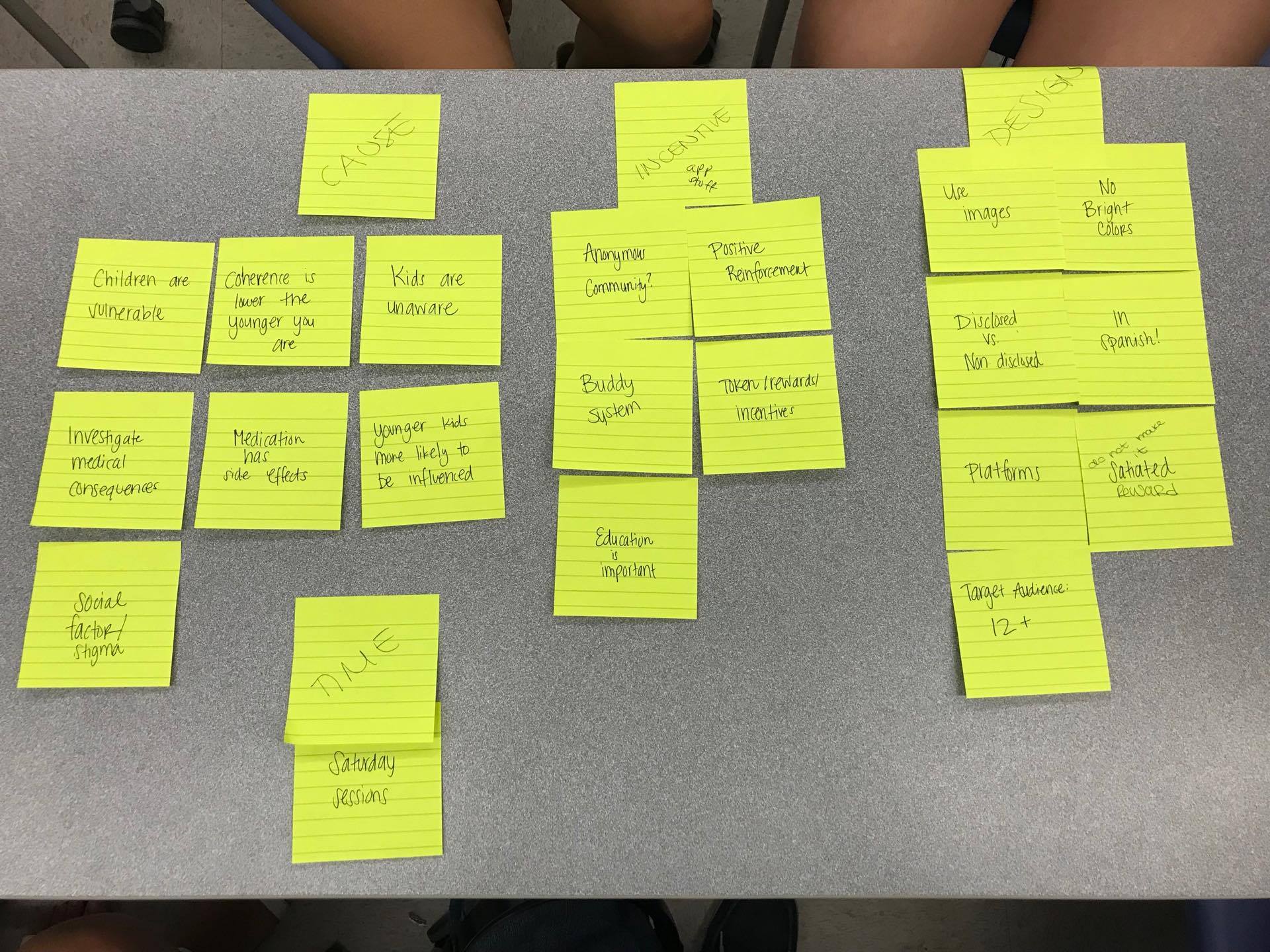
Surveys and Interviews
Our first step in our user research method, was to gain
survey data from a similiar demographic as our target audience.
I wanted to target a group that had a chronic ailment and/or
took daily medication for an extended period of time. To filter
our survey audience, I added screener questions to the survey.
Overall, we collected 18 valid responses and noticed common trends
such as users using iPhone alarms, being self-motivated,
and wanting their treatment to fit into their everyday lives.
To delve deeper into the root problem, our team conducted in-person
and Skype interviews with a variety of stakeholders. An example of
the script used for one stakeholder's interview can be viewed
here.
We interviewed a diverse group of interviewees and gained valuable insight. Below is a
brief summary of main findings we gained from our user research. Our team was
able to reevaluate and create our problem statement: Youth and adolescents in
Tijuana aware of their HIV or AIDS diagnosis need motivation and communal support
to foster consistent medical compliance because they are exposed to social stigma
that restricts their education and awareness of their diagnosis, as well as
prevents them from receiving life-long treatment.
Interviewee
1. Rosalva, Founder
Relation to Es Por Los Niños
operates the foundation and oversees all interactions between patients, families,
and assisting professionals.
Feedback
The children have been inconsisent with medication. There is no app she has found that reminds users to take AIDS/HIV specfic medication and is in Spanish.
2. Andrea, 13 years
Mother-to-child transmission. She has been going to Es
Por Los Niños for 1 year with her mom.
Wanted an application that does not obviously show that she has an AIDS/HIV diagnosis.
3. Mateo, 15 years
Mother-to-child transmission. Goes with his mother, who
also has AID/HIV, to Es Por Los Niños.
Grew up not knowing he was diagnosed with AIDS/HIV and was told to take vitamins, which was his medication, to make him healthy. Was not told about diagnosis until 12 years old.
4. Dr. Kern
Works with AIDS/HIV children in San Diego and Es Por Los Niños.
Many kids with chronic diseases are against taking medications because they just want to fit in and be 'normal.' If they do not consistently take the medication, patients fall into resistance which requires more medication and more usage.
5. Mariela, mother
Has a child that participates in Es Por Los Niños
There is a large social stigma around AIDS/HIV in Mexico. Families try to keep it a secret so the surrounding community does not form opinions.
Design
Ideation
Our user research gave us more information to assess what our root problem was. We needed to create a tool that was HIV/AIDS specific, in Spanish, and reminded users to take their medication. On top of that, we also needed to address that our users felt overwhelmed and stigmatized by society, the tool should be discrete and not obviously about the disease, include an incentive so that users continue to use the app, and provide support and education to all users.
Constraints
We had a few holdbacks on this project. First, we had to realize that our main target audience was in another country, which limited accessibility for user-testing. Thus, we had to find similar users that were closer to our team and availability. Secondly, no one on our team had designed on Android platforms before. Myself and two other teammates took 'crash-courses' to understand how we can program and use Android tools to develop the app. We also had about 5 weeks to completely program a working app, so not all functionalities became a reality. Lastly, we had to use Spanish in the app. Thankfully, one teammate was a fluent speaker and was able to translate all of our text.


Version 1 Prototypes
We used Android Studio and Sketch to flesh out our ideas and come up with possible paths we could take with our app. Our main challenge was finding a way to incentivize users to come back to the app. We thought of using a game, rewards/points system, and journal to do so. After some in-class evaluations, we decided to implement a system of unlocking achievements based on a user's 'streak' of medication-intake.
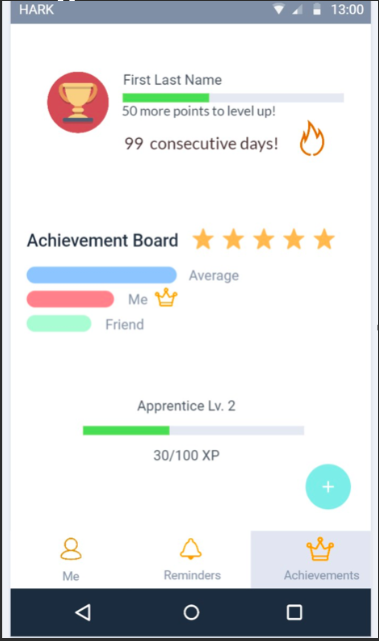
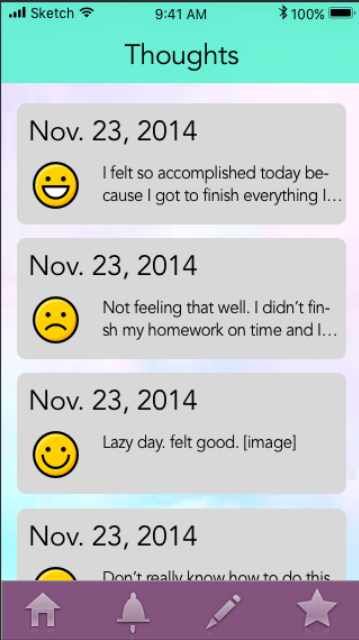
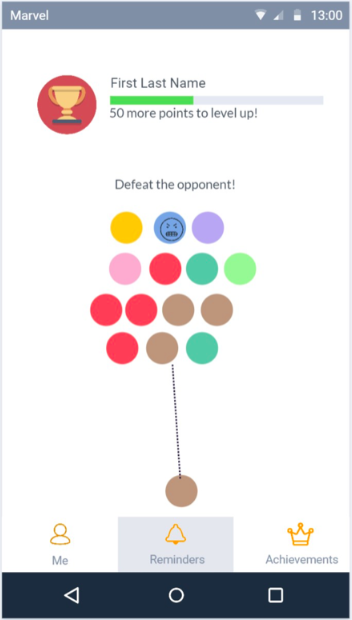
Trip to Tijuna for User Testing
After our first prototype was completed, we scheduled a trip to Tijuana to user-test with the participants at Es Por Los Niños. A group of our team was able to make the trip and document the findings and observations. We found from the trip that the app was easy to use and understand, and there was overall a positive reaction with all users that tested our app. The mothers enjoyed the journal feature, and the children were excited about the challenge to unlock all the trophies. However, we realized there is no way to guarntee a user takes the medication because there is no verification system in place. We also decided we wanted to add an education factor to the app so users were able to learn more about the disease in a fun way.

Clinic building is inspired by movie "UP"
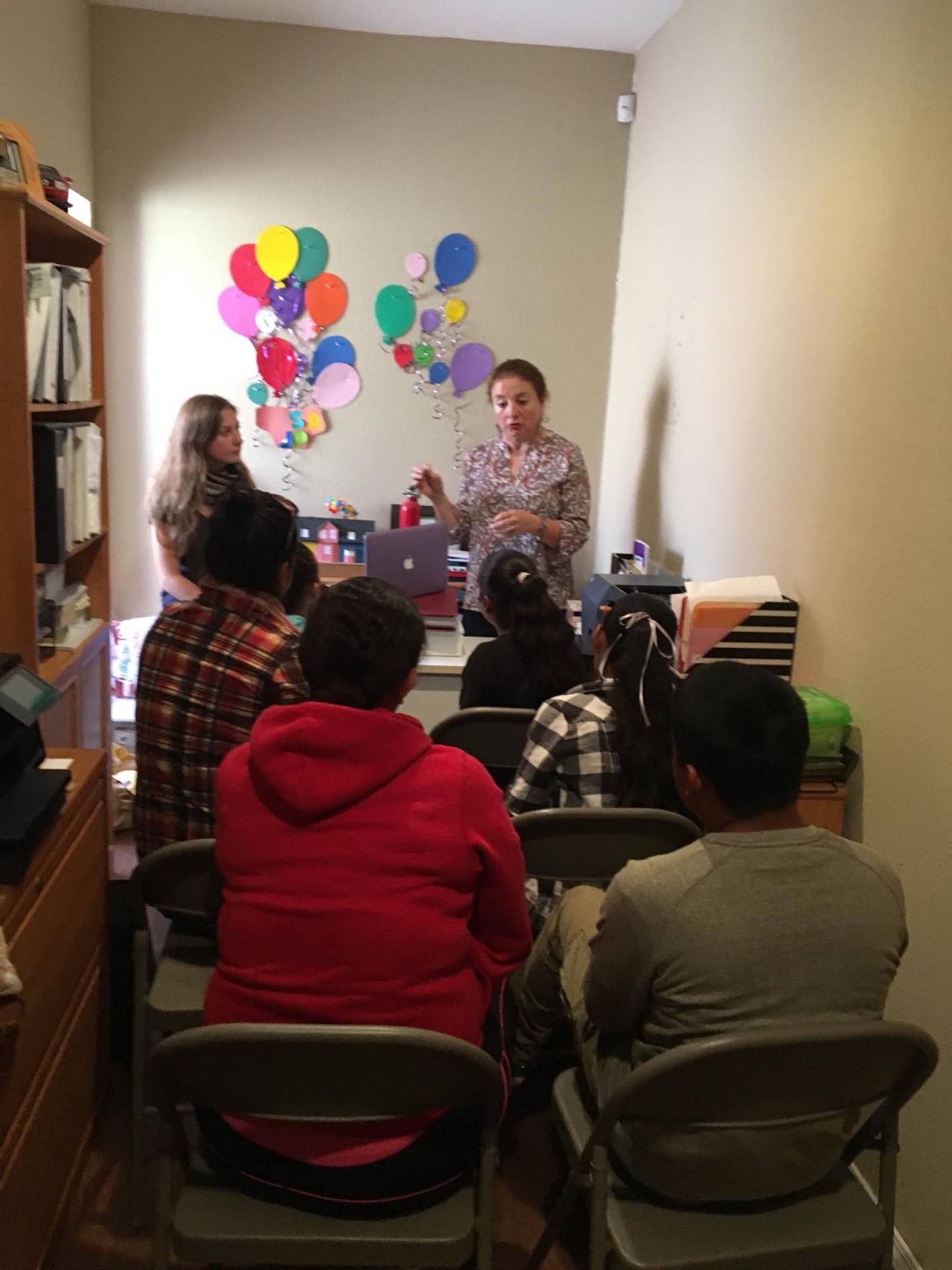
Rosalva (right) introducing our team
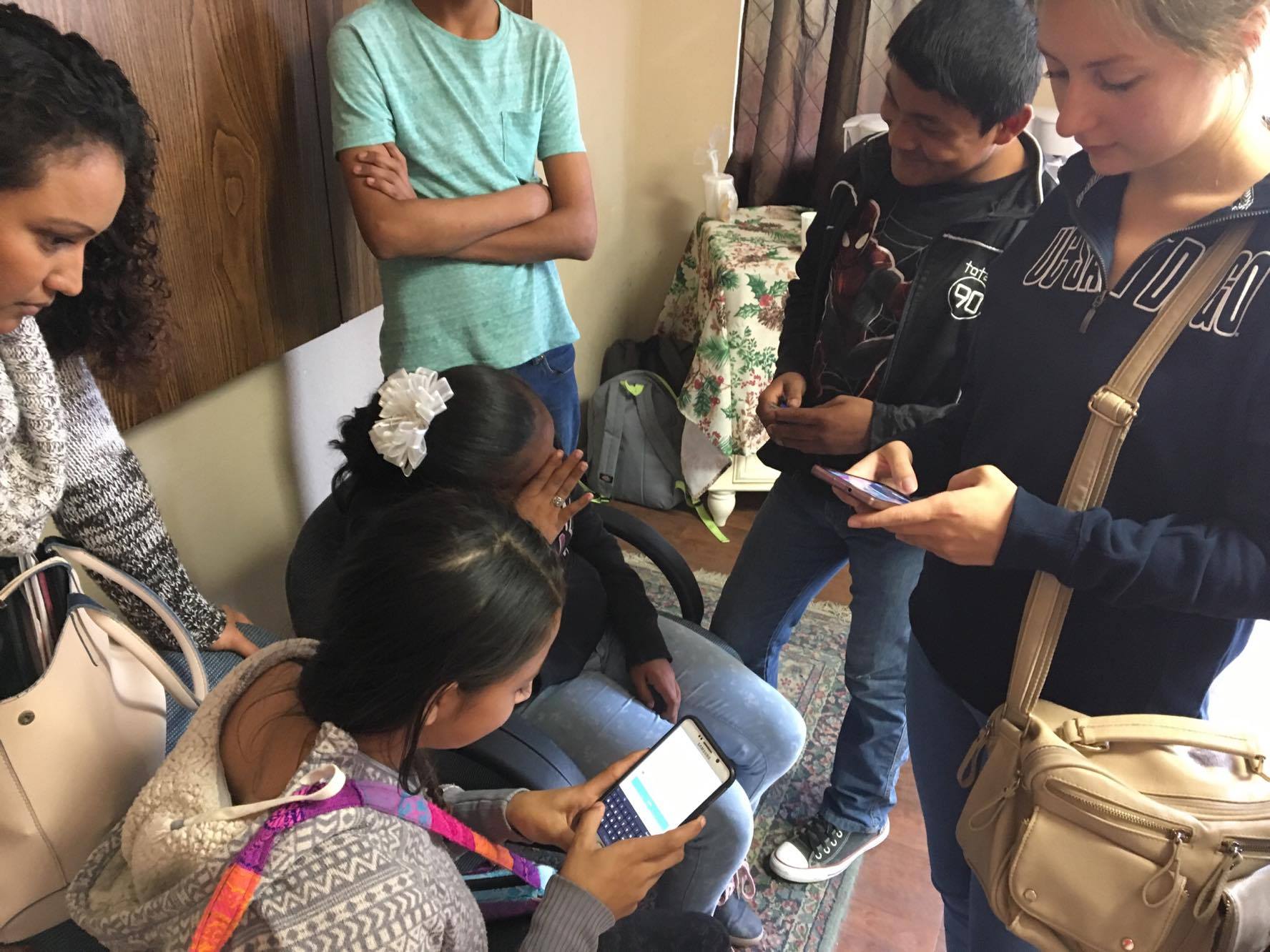
User-Testing with children
Android App: La Capsula de la Vida
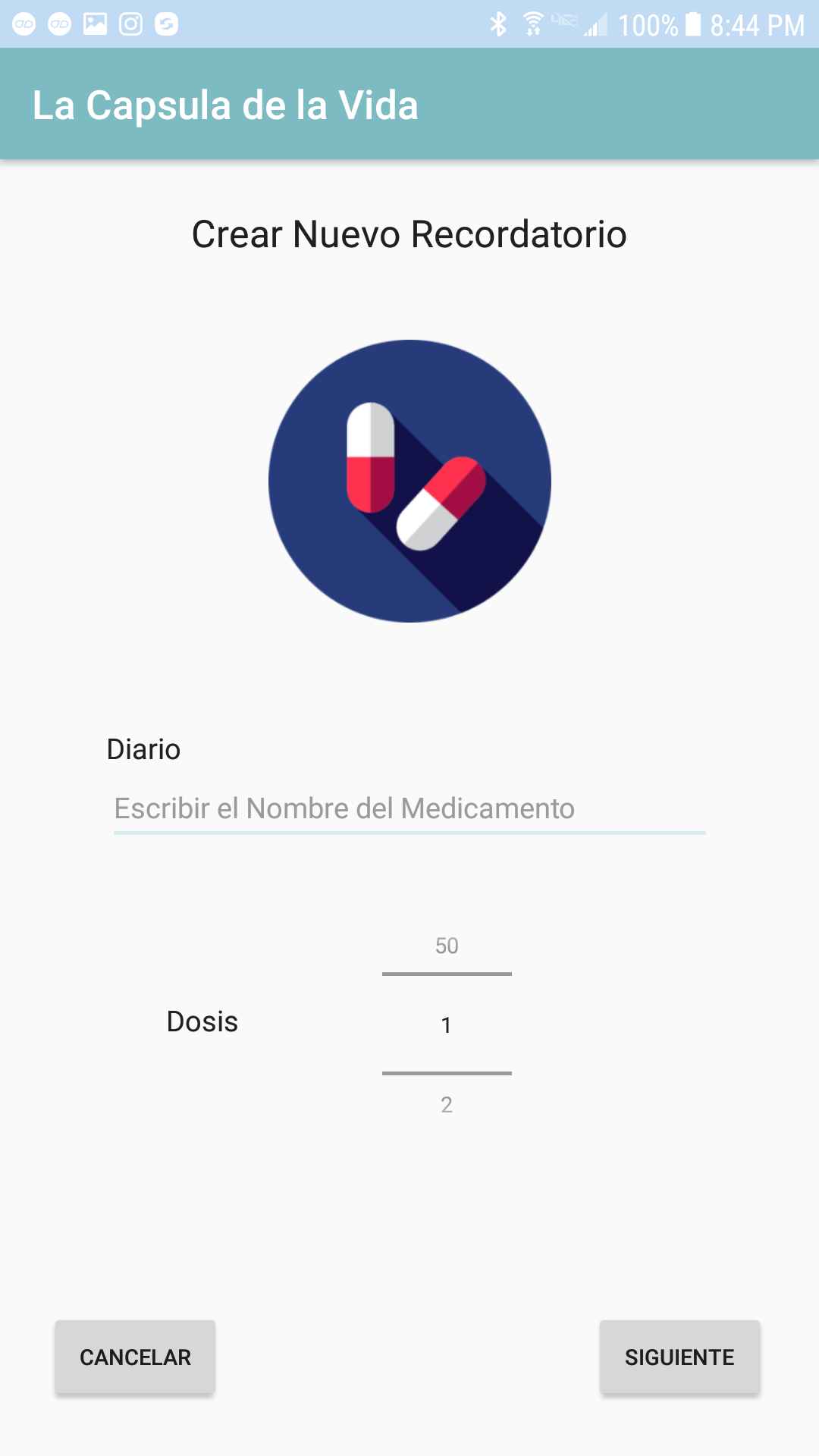
Users will enter medication and dosage

Next, users can set designated time to take
medication

A calendar logs user activity
La Capsula de La Vida, named after the suggestions from the kids in Tijuana,
serves a medication-reminder app for the mothers and children affected with
AIDS/HIV. Our simple design allows users to input their
personal medical data, while still being discrete. After entering the name of the
prescribed medication and the dosage, users can use either the analog or
digital clock to set their reminder time. A calendar documents the medication usage
and also denote any comments or journal entries made. When a user marks that they
have taken their medication at the reminder-time, a follow-up question asks them
about their mood (mood swings can be a serious side effect that doctors need to know about).
Lastly, we have our educational story that uses a kid-friendly character to
briefly explain the importance of medication for AIDS/HIV, as well as the
ahievements a user can unlock.
This opportunity was both humbling and eye-opening. Being able to design is an
enjoyment of mine, but being able to design a product or tool for people who
really need help was more than fulfilling. Our team was able to present our
work, and the founder Rosalva came to here. Seeing how excited she was for this
app and the kind words she shared about the experiences that the mother and children
had made this entire process more than worth it. Being able to work with Es Por
Los Niños opened my eyes to what I can truly use my design skills for. I hope
I will have future opportunities to assist others in need.
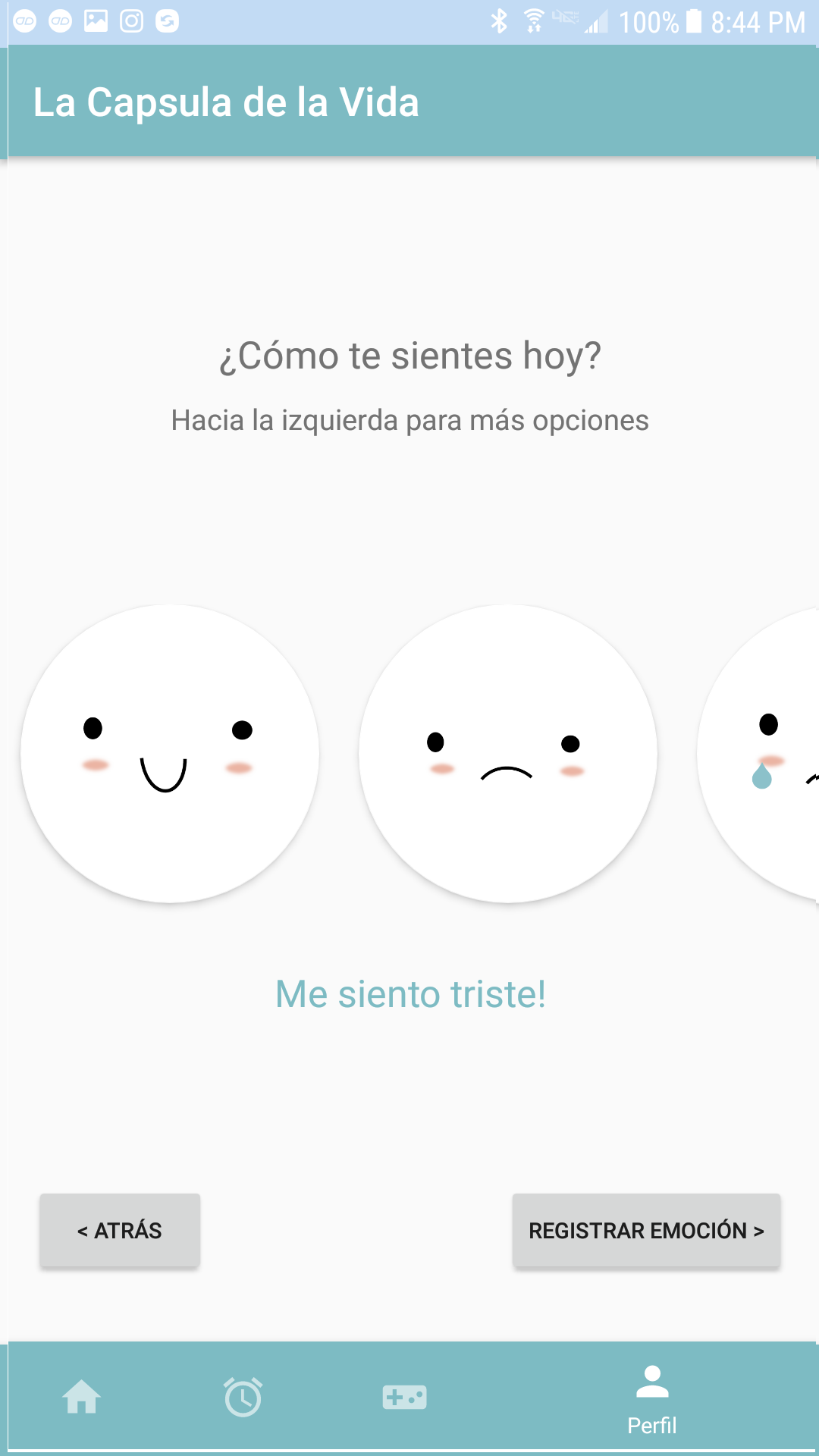
Follow-up question about mood

Educational story about AIDS/HIV

The rewards that can be unlocked over time